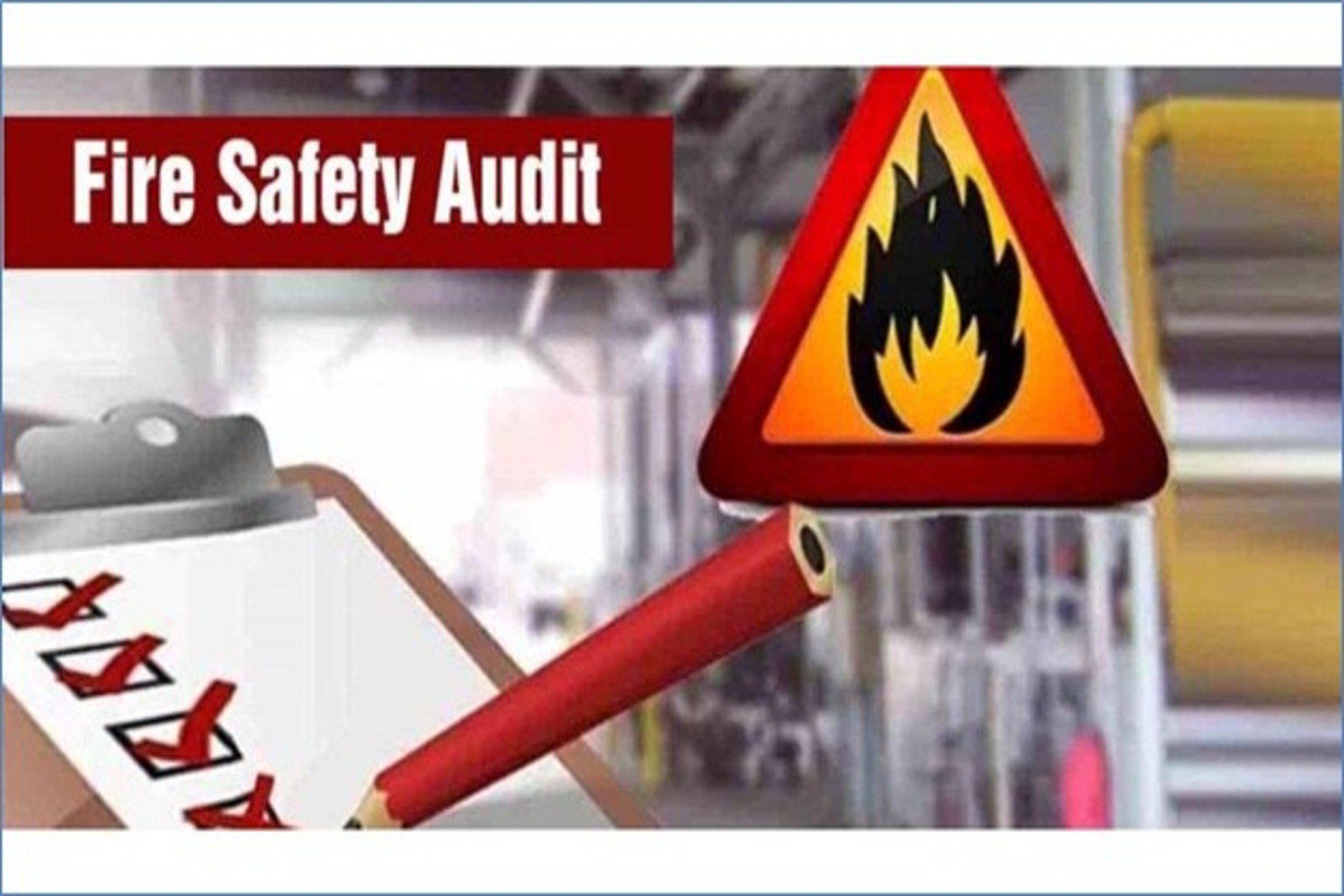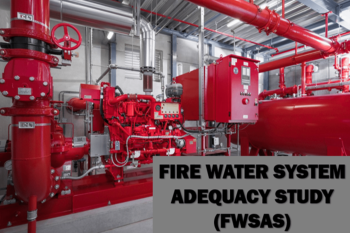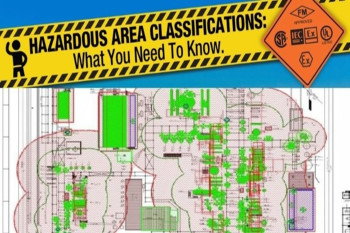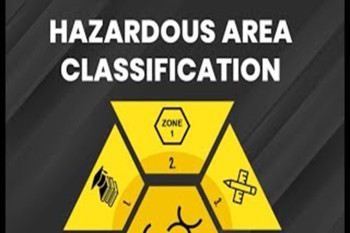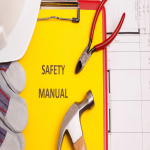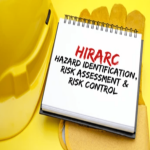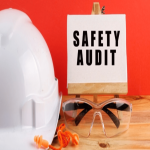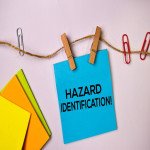1. OBJECTIVE
The primary objective of a fire audit is to assess the effectiveness of fire prevention and protection measures within a facility. It aims to identify potential fire hazards and evaluate the adequacy of fire safety systems, such as alarms, extinguishers, and sprinklers. The audit seeks to ensure compliance with relevant fire safety regulations and standards. Additionally, it aims to recommend improvements or corrective actions to enhance fire safety preparedness. Ultimately, the goal of a fire audit is to minimize the risk of fire-related incidents and protect lives and property.
2. Guidelines Used
TAC Fire Protection Manual.
NFPA 13/20
IS 2190:1992; Selection, Installation and Maintenance of First-Aid Fire Extinguishers — Code of Practice
3. Proposed Methodology
3.1. Introduction
A fire audit serves several essential objectives aimed at ensuring the safety and preparedness of a facility in the event of a fire emergency. Firstly, it involves a thorough assessment of existing fire safety measures to determine their effectiveness. This evaluation encompasses various aspects, including the functionality of fire detection systems, availability and adequacy of fire extinguishing equipment, clarity of evacuation procedures, and the use of fire-resistant construction materials.
Additionally, a fire audit is conducted to verify compliance with applicable fire safety regulations, codes, and standards at the local, national, and international levels. By identifying potential fire hazards within the premises, such as electrical faults, improper storage practices, or obstructed evacuation routes, the audit aims to assess the level of risk associated with these hazards and the potential impact of a fire incident. Based on these assessments, recommendations are provided to improve fire safety measures, which may involve upgrading equipment, enhancing training programs, or implementing procedural changes.
Furthermore, the audit evaluates the readiness of personnel to respond effectively during a fire emergency, including their familiarity with evacuation protocols, communication procedures, and coordination with emergency responders. Documentation and record-keeping play a crucial role in maintaining accurate records of fire safety inspections, findings, recommendations, and corrective actions taken. Ultimately, the goal of a fire audit is to foster a culture of continuous improvement in fire safety practices, ensuring the protection of occupants and property while minimising the risk of fire-related incidents.
3.2. Methodology
Opening Meeting
Before starting Fire Audit, the auditor will hold an opening meeting with auditee team members from the client. The agenda for the opening meeting will be of sharing pre-audit finding and discussion on major areas of focus as regard to dangerous machines/operation/applicable schedules/chemical hazards/applicable act & rules.
Site observations
Site observation will be noted by the auditor in separate sheets. The observation will include unsafe conditions and practices observed during the plant visit. This will also include a mock drill of fire-fighting systems, checking their adequacy and healthiness.
Document Verifications
The documents are verified on site as well as in the conference room. Some of the critical documents must be kept in fire safe that also has to be verified and tagged.
Debriefing Meeting/Closing Meeting
The closing meeting provides high-level authorities with information relating to the findings and recommendations of the audit team. The meeting should ensure that the auditee team members/industry clearly understand the situation as audited by the HSE Consultant team and are able to start work on a corrective action plan, should it be deemed necessary. The meeting should emphasize the most significant safety issues and concisely present the team’s findings and opinions regarding the effectiveness of the Industry’s firefighting system.
Reporting and Recommendations
At the end of the Audit, a comprehensive fire audit report will be provided on the findings of the Audit and recommendations for the next course of action. The recommendations suggested for risk improvement are given.
Figure 1: Fire Audit Methodology Flow sheet
3.3. Project Deliverables
Table 1: Fire Audit Study
DISCLAIMER
HSE Risk Management Services Private Limited accepts no liability or responsibility whatsoever for it in respect of any use of or reliance upon this Methodology by any third party.
Copying this Methodology without the permission of HSE Risk Management Services Private Limited is not permitted.
